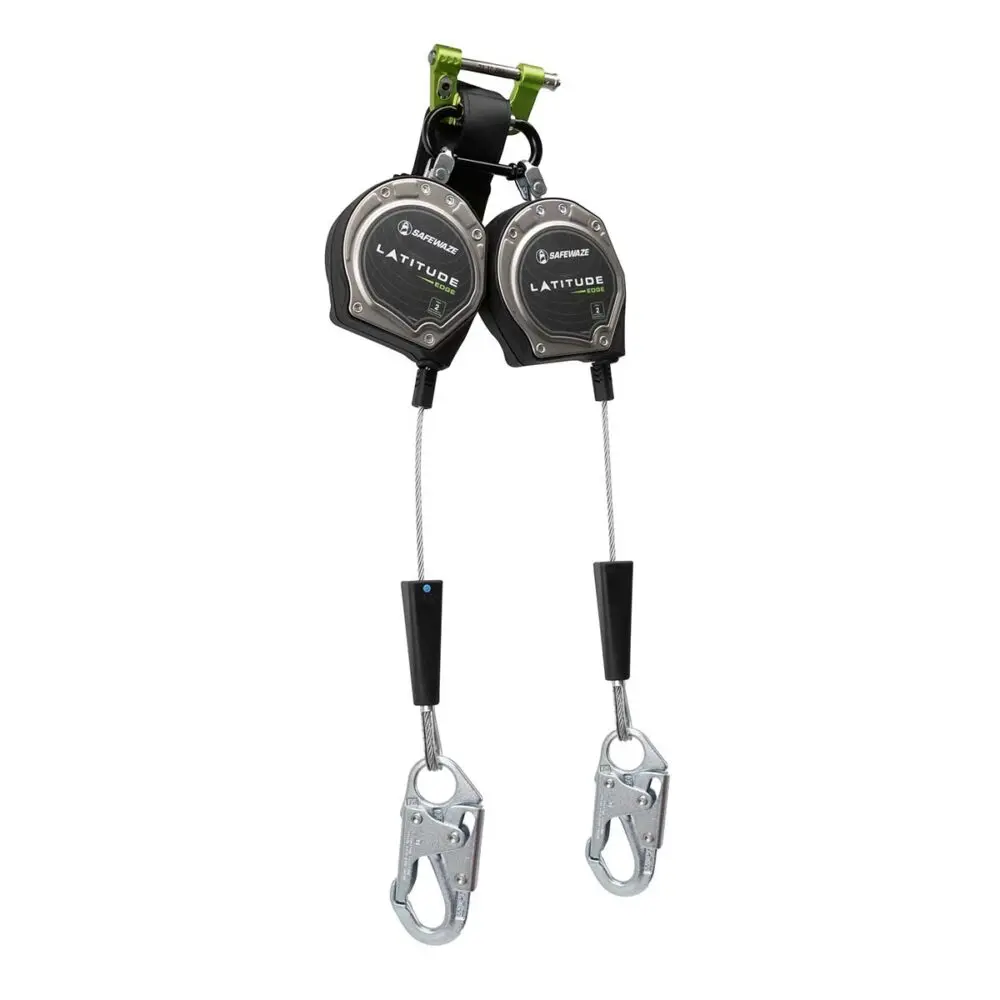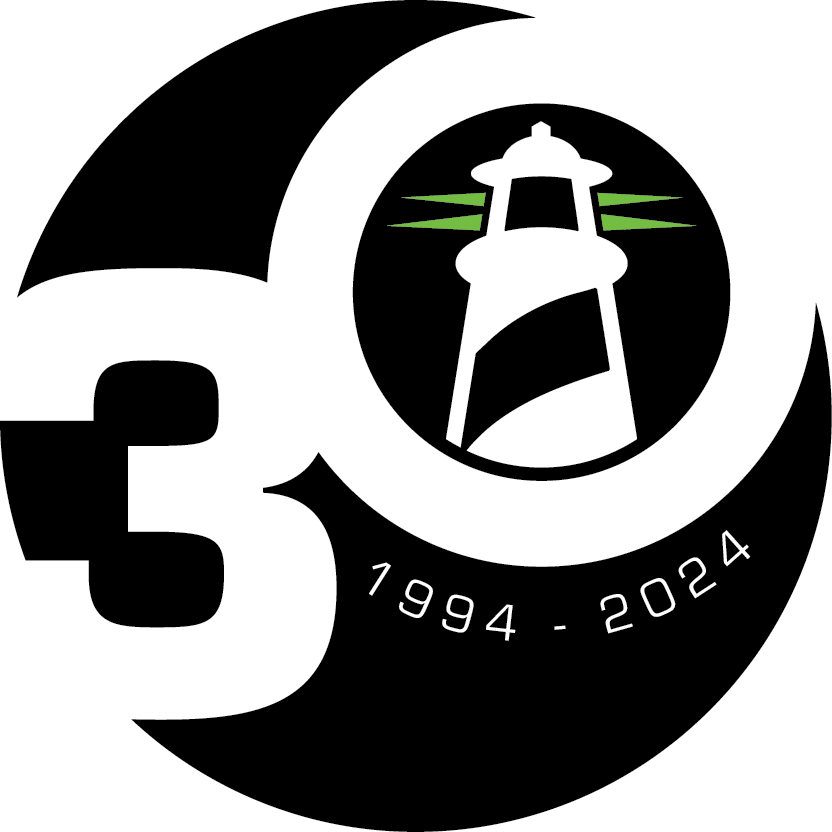Fall protection equipment includes both fall restraint and fall arrest; these are essential systems for protecting workers on elevated surfaces. Fall restraint is proactive: these systems work as fall prevention to secure the worker within the MEWP. Movement is limited so a worker cannot fall from the platform. Fall arrest is reactive: these systems arrest a worker after a fall, preventing impact with the ground. Fall arrest systems require accurate fall clearance calculations prior to use. Both fall restraint and fall arrest require the worker to be connected to an authorized anchor point. (Definitions: Difference between fall protection, fall arrest and fall restraint.)
OSHA requires fall restraint in a MEWP in two instances:
- During the travel of any MEWP vehicle where the risk of falls may be higher
- When the platform height is below the necessary fall clearance for fall arrest
Additionally, fall restraint may be used in place of fall arrest any time work is being performed from a MEWP and removes the need to allow for fall clearance.


